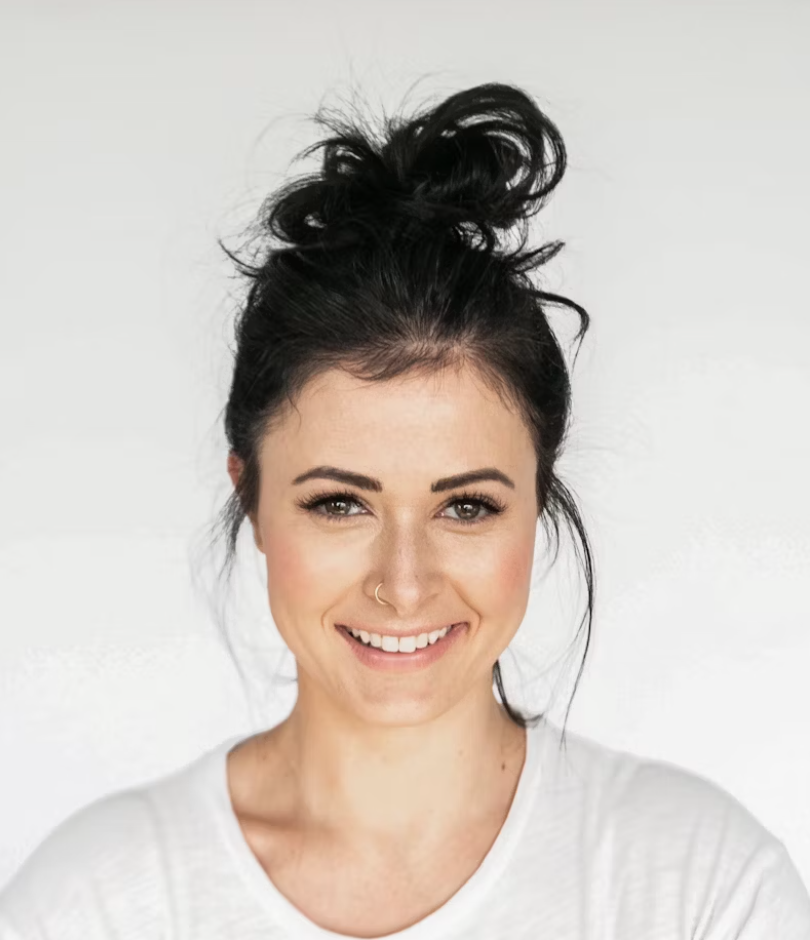The appearance of your teeth can have a huge impact on your confidence, but for some, the idea of having braces can have just as big an impact on confidence. Fortunately, modern advancements in orthodontics and dentistry have enabled us to improve the appearance of our teeth without the need for metal brackets, wires, or even removable aligners.
Both your orthodontist and dentist will need to consider several factors before deciding on the best course of action for you. Let’s take a look at what goes into this decision and the alternatives that are available today if you aren’t so keep on the responsibility of braces.
How and Who Decides the Best Course of Action for Misalignments?
This is a joint decision between you and your orthodontist, with several factors coming into play. The severity of your misalignment is one of the biggest factors and all forms of teeth straightening will be acknowledged to find the best form of treatment for you. Your oral health history will also be considered, with information such as if you have received treatment before, issues with decay, fillings, etc. Your preferences will also be considered and whether the money and time it will cost to get the results you want will be beneficial to you and your orthodontist.
It is important to understand that if your misalignments are severe, then braces may be the only option available to you.
Why Some Patients Don’t Want to Commit to Braces
There are many reasons patients may not want to opt for braces treatments:
- Appearance – traditional braces are noticeable and can cause temporary speech impediments, so those with people-focused jobs may feel uncomfortable.
- Pain and Discomfort – apprehension about pain and discomfort is a completely normal reason not to want to opt for braces.
- Risk of Damage – to both the tooth and its enamel in the long term.
- Responsibility of Upkeep – maintaining your oral health whilst wearing braces is a big responsibility and something some patients can’t commit to, due to time constraints.
- Length of Treatment – treatment plans can be long and dependent on the severity, can be worn anywhere from 6 to 36 months.
- Change in Diet – many patients don’t want to have to change their diet for fixed braces or deal with constantly taking aligners in and out of their mouth when eating and brushing.
Are there Ways to Achieve Straighter Teeth Without the Use of Braces?
If your misalignment is less severe and you would prefer to avoid the use of braces, there are ways your dentist or orthodontist can help you.
Dental Veneers.
Veneers don’t technically straighten teeth but they can create the illusion of a straighter smile. Dental veneers are thin shells of porcelain or composite material that are custom-made to cover the front surface of your teeth, covering minor imperfections, and achieving a quick, aesthetically pleasing result.
Dental Bonding.
Dental bonding creates the appearance of straighter teeth with the application of tooth-coloured resin. This resin can close gaps between teeth, adjust the shape of teeth, and cover minor chips or cracks. Bonding doesn’t require any alteration to your tooth enamel, unlike veneers, but it is likely that after around 10 years, a touch-up will be needed.
Dental Crowns.
Dental crowns are used as reinforcements for damaged teeth and can protect severely decayed teeth after a filling or root canal. A dental crown is a durable cap made from porcelain or a combination of porcelain and zirconia, which is applied to teeth and can also help straighten your smile, by changing the size, colour, or shape of your teeth to match the rest.
Retainers.
Adults who need only minor adjustments can opt for a retainer, without the need for braces first. This is a much less noticeable way to straighten minor misalignments and can just be worn in the evenings and through the night.
Invisible Brace Options at Blackburn Orthodontics
Here at your expert orthodontist in Blackburn, we have a range of discreet solutions if your case is slightly more severe, and braces are the only option for treatment.
Invisalign.
Invisalign is a series of completely clear, comfortable aligners made from thin, flexible plastic, which works to straighten teeth gradually. Made using 3D computer-imaging technology which takes the current position of your teeth and your desired, final straightened position, it maps out a treatment plan that your orthodontist will ensure you stick to. They must be worn for at least 22 hours a day but can be taken out for brushing, eating or special occasions, and every few weeks, new aligners are worn to continue the desired movement until your teeth have made it to their final position.
Lingual Braces.
Lingual braces are comprised of small brackets and archwires that are fitted to the back of the teeth, making them virtually invisible to others. Due to the positioning of the brackets and wires, it is possible to experience some changes in speech, however, with practice, it is very short-lived.
Palatal Expanders.
Mainly used for children, to make room for adult teeth to emerge, palatal expanders can be used to create more room in your mouth to fix issues such as crossbite. A palatal expander is a metal device fitted to the roof of the mouth, between the top arch of your teeth and gradually moves both halves of your jawbone apart, creating room in an overcrowded mouth and allowing teeth to become straight.
How an expert Orthodontist in Blackburn can help you get the smile you deserve
If you would like to speak to our team of expert orthodontists in Blackburn, then contact us today to book your free consultation. We work hard to gain you the smile you deserve and will provide as much information about the severity of your misalignment, as well as the options that will best serve you, so you can make an informed decision.



